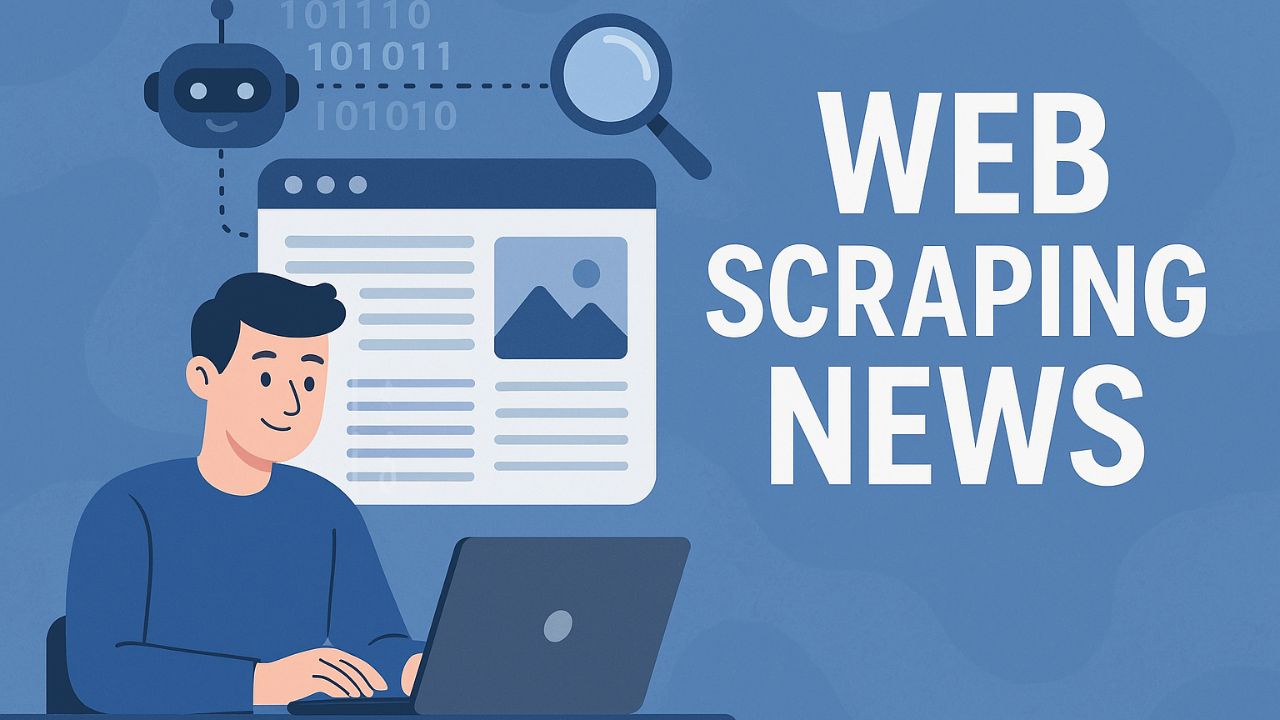Automating Web Scraping and Content Summarization with AI
Web scraping tasks can be time-consuming when performed manually, especially for content research teams that need to analyze numerous articles, blogs, and reports. Fortunately, automation tools now allow businesses to streamline this process without requiring programming knowledge.
A particularly efficient automation workflow combines Google Sheets, FireCrawl, and OpenAI to automatically scrape web content and generate summaries. This solution is ideal for digital marketing agencies and research teams who need to process large volumes of content.
How the Automation Works
The workflow operates through these simple steps:
- Users enter a title and source URL into a Google Sheet
- FireCrawl automatically scrapes the content from the provided URL
- An AI agent (OpenAI) generates a concise summary of the scraped content
- The summary is automatically added back into the Google Sheet
The entire process happens within seconds of entering the URL, eliminating hours of manual reading and analysis.
Setting Up the Automation
The automation is created using PABLY Connect, a no-code automation platform that connects different applications. Here’s how to set it up:
1. Create the Workflow
Start by creating a new workflow in PABLY Connect and naming it appropriately. The workflow will consist of a trigger (when something happens) and actions (what to do in response).
2. Set Up the Google Sheets Trigger
Select Google Sheets as the trigger application and choose “new or updated spreadsheet row” as the trigger event. This requires installing the PABLY Connect Webhooks extension in your Google Sheet and configuring it to send data when new content is added.
3. Configure FireCrawl for Web Scraping
Add FireCrawl as the first action to scrape the web page. Map the source URL from your Google Sheet to FireCrawl, and select your preferred format for the scraped content (Markdown, HTML, etc.).
4. Set Up OpenAI for Summarization
Add OpenAI as the next action to process the scraped content. Select an appropriate AI model (like GPT-4) and create a prompt that instructs the AI to generate a summary of the scraped content.
5. Return the Summary to Google Sheets
Finally, add Google Sheets as the last action to update a specific cell in your spreadsheet with the AI-generated summary.
Benefits for Content Teams
This automation offers several advantages:
- Saves hours of manual reading and analysis
- Provides instant summaries to help determine which content deserves deeper attention
- Operates in real-time without requiring manual intervention
- Creates a searchable database of content summaries
- Scales easily as content needs grow
By implementing this automation, research and content teams can significantly increase their efficiency, focusing their time on analyzing insights rather than gathering information.
The best part is that the entire system can be set up without writing a single line of code, making it accessible to marketing teams regardless of their technical expertise.
